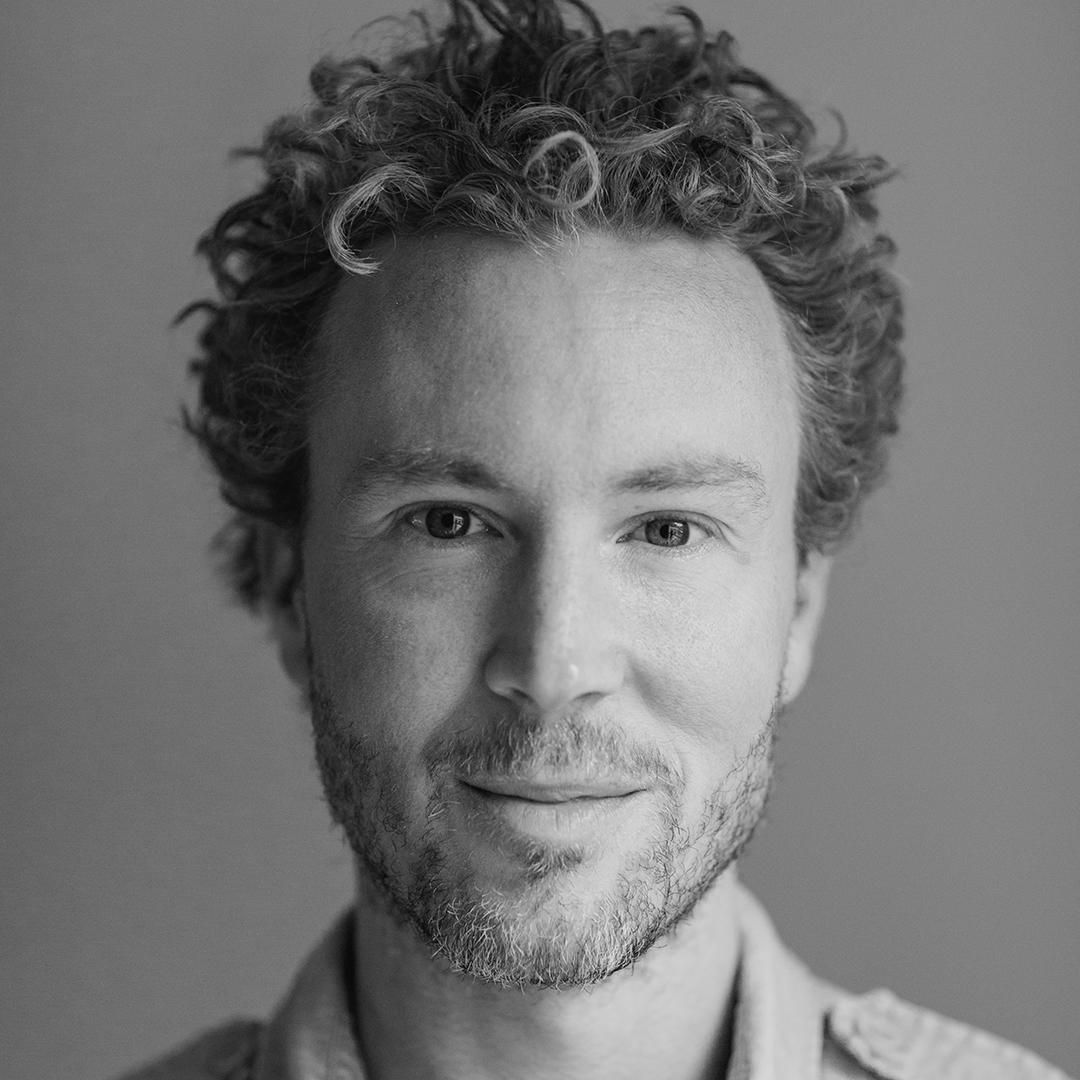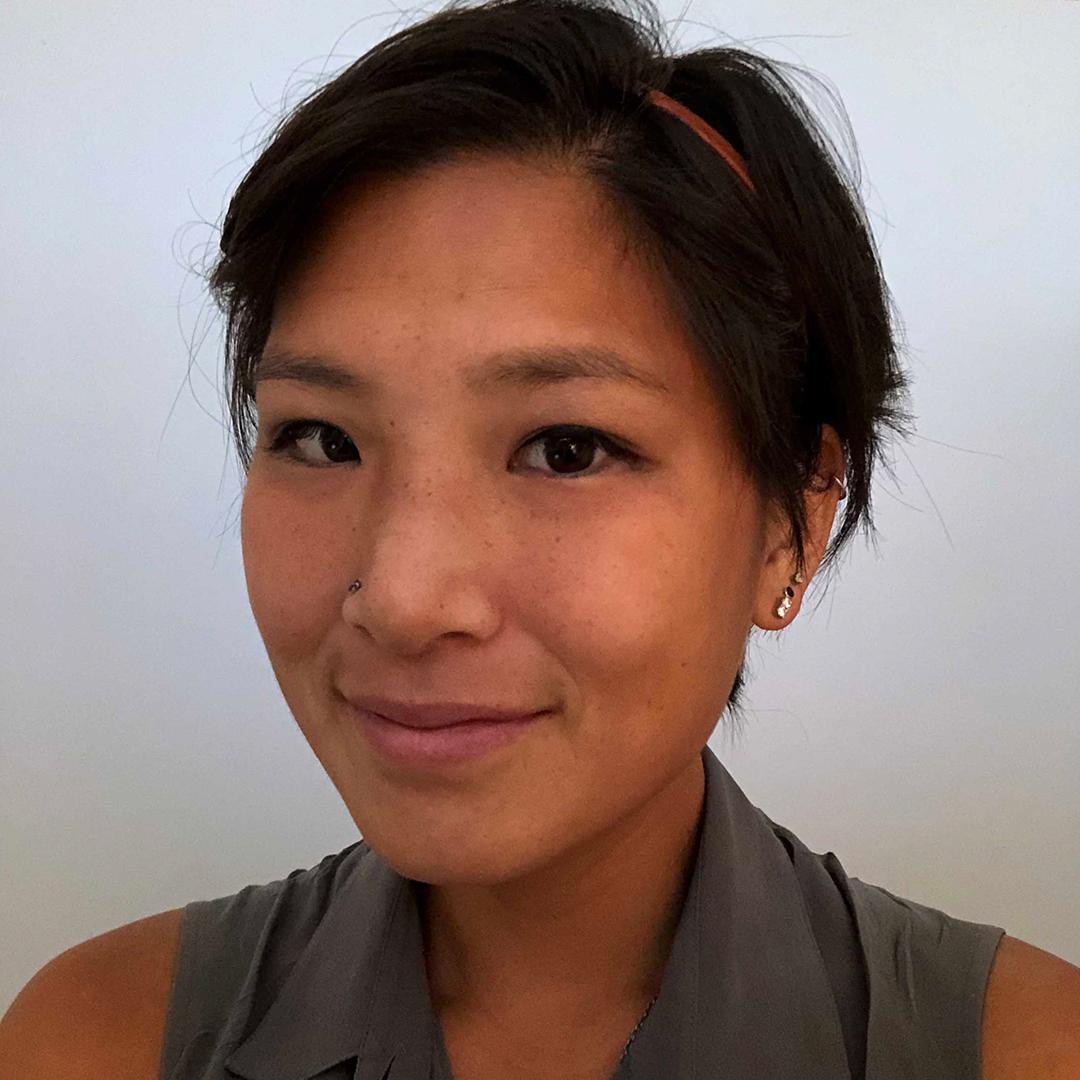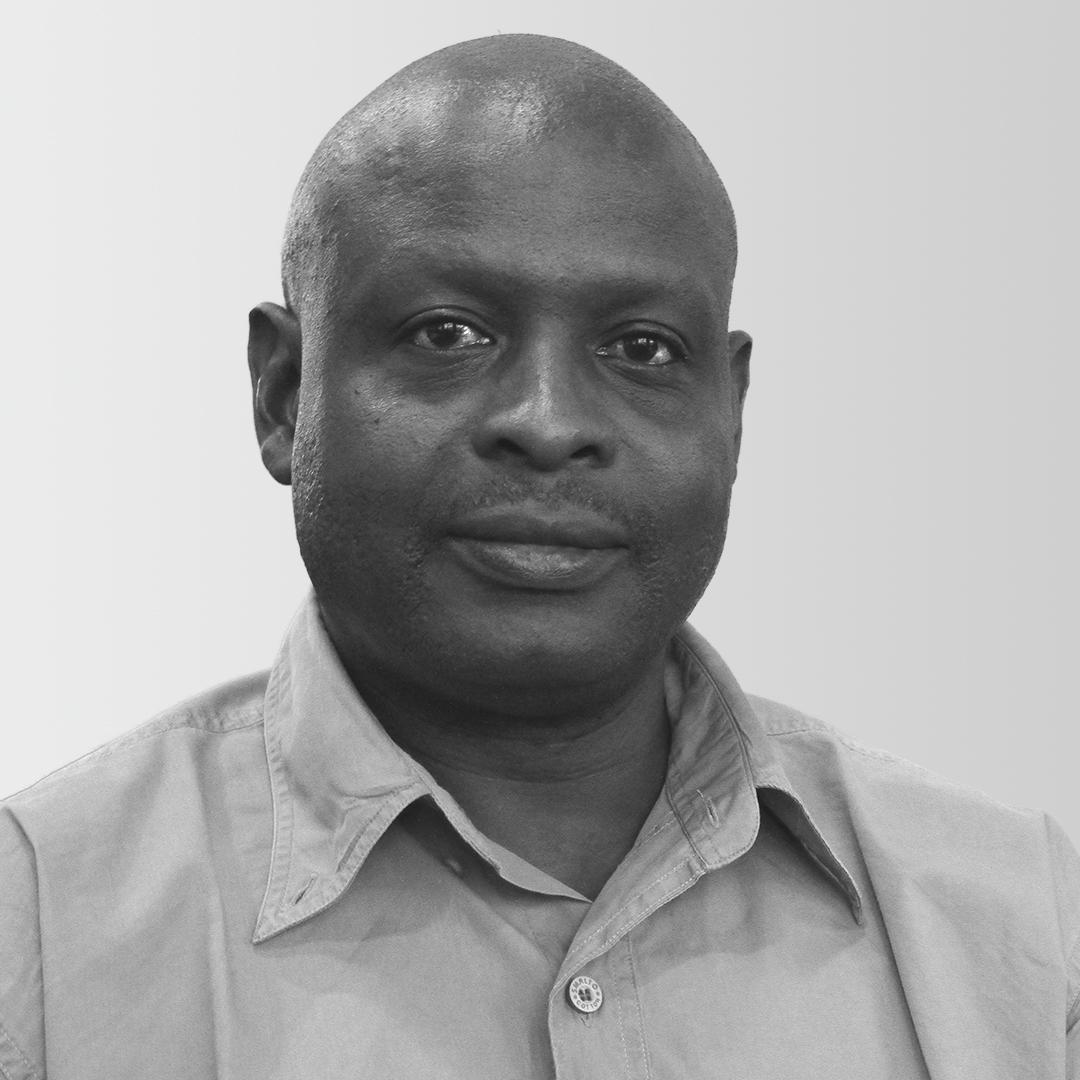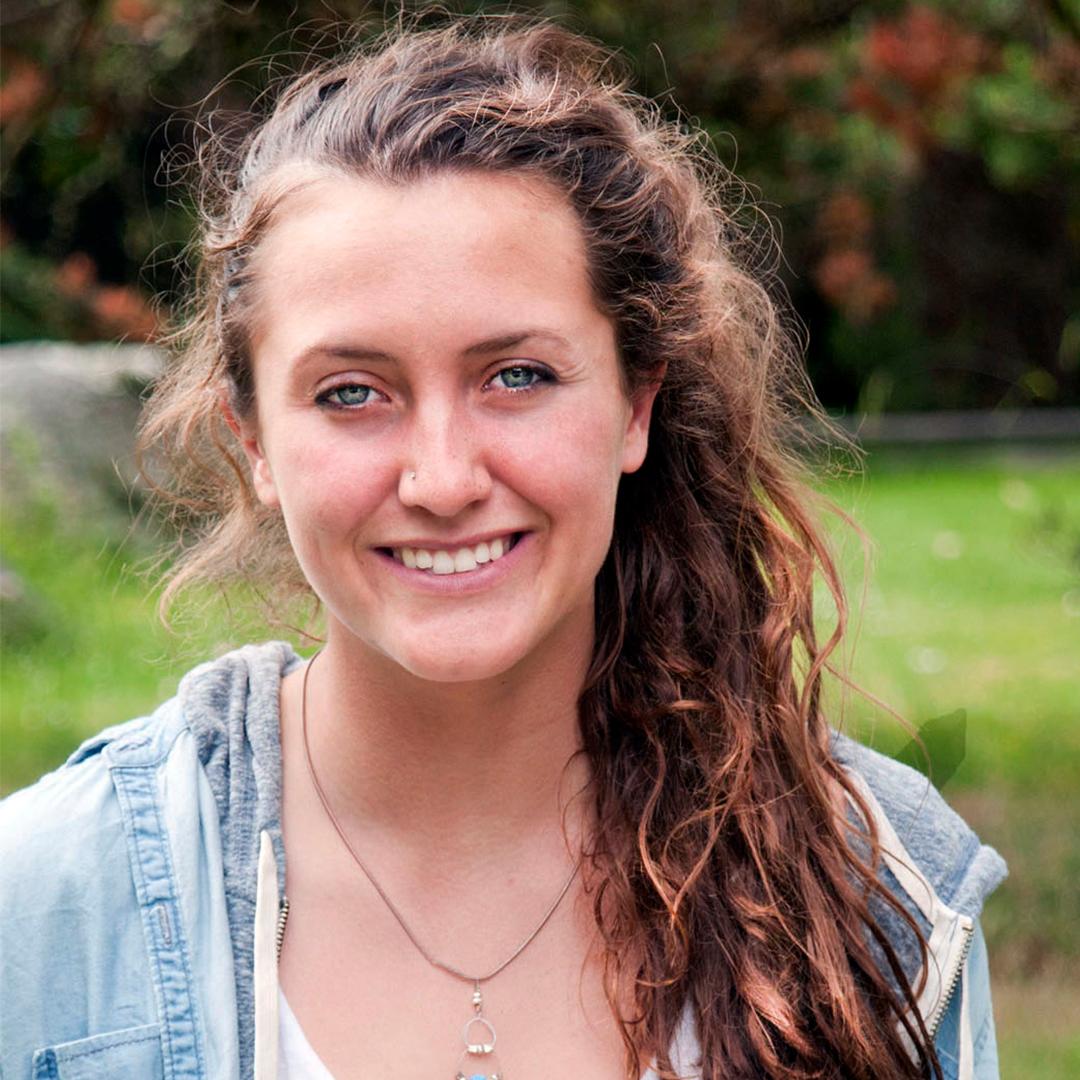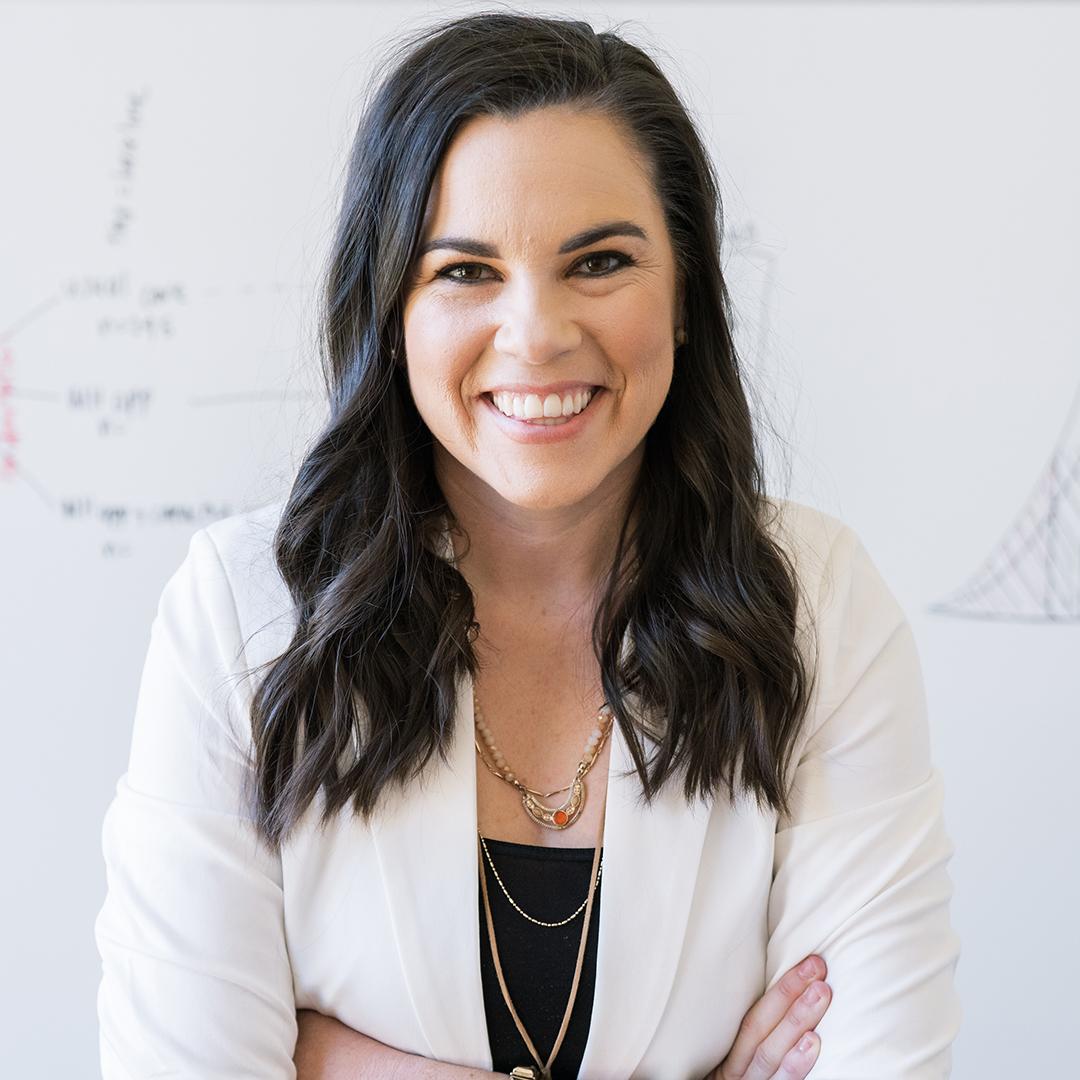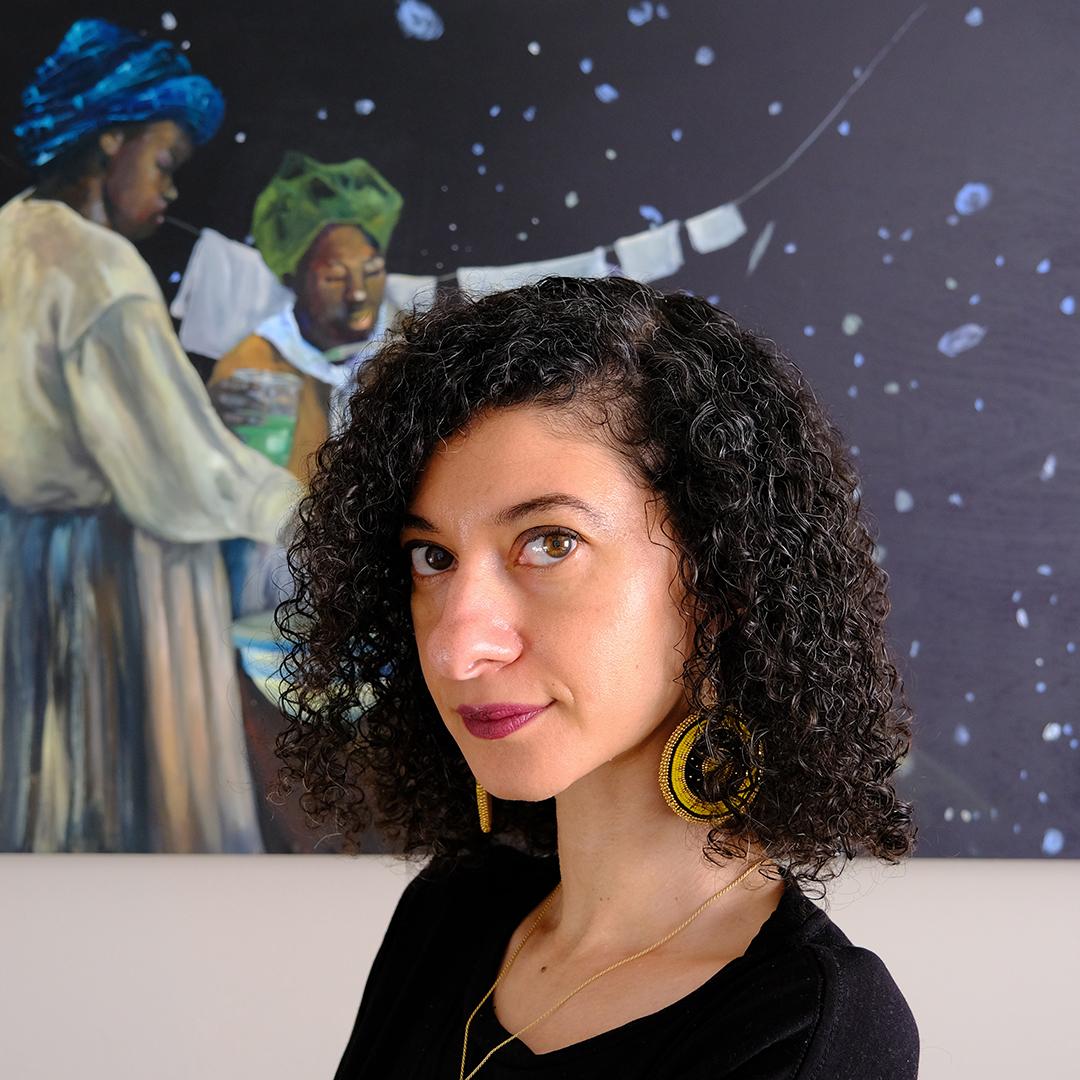

The Eric and Wendy Schmidt Awards for Excellence in Science Communications
The Eric and Wendy Schmidt Awards for Excellence in Science Communication, given by the National Academies of Science, Engineering, and Medicine in partnership with Schmidt Futures, aim to recognize excellence in science communication by Research Scientists and Journalists.
Overview
The Eric and Wendy Schmidt Awards for Excellence in Science Communications aim to inspire a new generation of science journalists and research scientists to engage the public with complex ideas in science, technology, and engineering, and to encourage continuing excellence in the field.
Each year, in partnership with the National Academies of Sciences, Engineering, and Medicine, the program will award 24 prizes honoring research scientists, science journalists, and science communicators who have produced excellent pieces of science communication. The program has been designed to be forward looking in its potential to encourage continuing excellence in science communication and foster connections and opportunities that help make awardees even more effective communicators. To this end, the program will also provide programming, professional development and networking opportunities to the research scientists, science journalists, and science communicators after receiving their awards.
“From cataloging changes in the Earth’s atmosphere to sequencing genomes of new viruses, scientific knowledge has never been vaster, and effective communication about science has never been more important”
– Wendy Schmidt, co-founder, Schmidt Futures
The Awards
Each year, the program will award 24 prizes honoring excellence in science communication by research scientists, science journalists, and science communicators. The program will welcome submissions that explore the full spectrum of science — its beauty and societal benefits, its complexities, its shortcomings and controversies.
Leading scientists and experts in all aspects of science communication and journalism – from the academic, non-profit, corporate, and other sectors – review the submissions and select the winners.
9 Awards for Research Scientists
These awards will be split into three subcategories in science, engineering, or medical fields: graduate students (who were master’s or Ph.D. candidates), early-career researchers (who were zero-five years post-master’s or Ph.D.), and mid-to-later career researchers (who were six or more years post-master’s or Ph.D.).
9 Awards for Science Journalists
These awards will focus on three subcategories in science journalism: community journalists (who reported on local and/or community-specific issues, or the effects of wider issues on a locality or community), early-career journalists (who were under 30 years of age, or had less than five years of professional experience), and freelance journalists (who were self-employed).
2022 Awardees
Selected from 550 entries for works published or aired in 2021 through February 2022, this year’s award recipients are:
Professional Development and Training
The program will partner with science communicators, universities, and science journalism organizations to provide ongoing training and professional development opportunities for the science communicators identified through the awards program. This initiative will provide ongoing resources and training for the awardees, eventually building capacity and networking opportunities within the broader science and journalism communities.
About National Academies of Sciences, Engineering, and Medicine
The National Academies of Sciences, Engineering, and Medicine are private, nonprofit institutions that provide independent, objective analysis and advice to the nation to solve complex problems and inform public policy decisions related to science, technology, and medicine. They operate under an 1863 congressional charter to the National Academy of Sciences, signed by President Lincoln.
The Eric and Wendy Schmidt Awards for Excellence in Science Communications News
Schmidt Futures and The National Academies of Sciences, Engineering, and Medicine Announce the Eric and Wendy Schmidt Awards for Excellence in Science Communications
Multi-Year Award Program Funded by Eric and Wendy Schmidt Will Recognize Excellence in Science Communication by Research Scientists and Journalists


Work we’re doing for science
We build networks of brilliant researchers at different career stages. We lead Virtual Institutes of Science to solve hard problems across locations and fields using modern tools.
